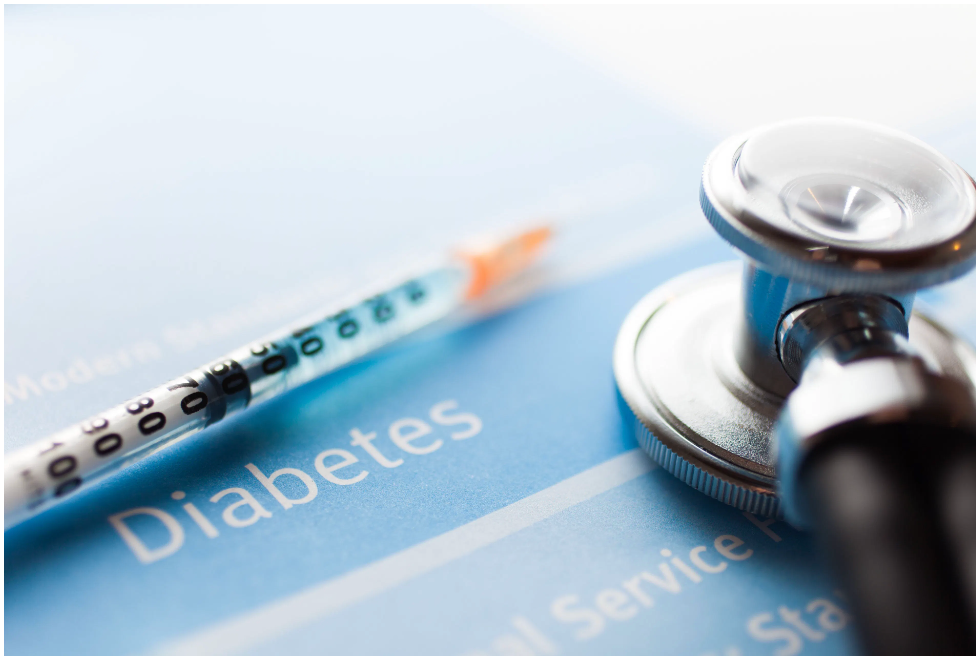News
Article
Tirzepatide May Be More Cost-Effective Than High-Dose Semaglutide for Type 2 Diabetes
Author(s):
In a projective model, tirzepatide saved patients more than $15,000 per quality-adjusted life-year.
In the United States, tirzepatide 10 mg or 15 mg may be a more cost-effective treatment for patients with type 2 diabetes (T2D) compared with semaglutide 2 mg, according to the results of an economic analysis published in the Journal of Managed Care & Specialty Pharmacy. Tirzepatide is suggested to have higher direct costs, but it was associated with improved clinical outcomes and a better cost-effectiveness than semaglutide 2.0 mg.
Image credit: Minerva Studio | stock.adobe.com

“Projecting cost-effectiveness outcomes of tirzepatide vs the higher dose of semaglutide 2.0 mg is key to understanding the value of tirzepatide within the entire class of antihyperglycemic agents,” wrote authors in the paper.
An estimated 25 million individuals have T2D in the United States. T2D causes the body to stop secreting insulin, and this leads to poor glycemic control (glycated hemoglobin [A1c] 7.0% or higher) which increases the risk of other diabetes-related complications. In 2017, the estimated cost of diagnosed diabetes was $327 billion, although this cost (alongside the number of people who will develop T2D) is expected to grow in the coming decades, necessitating affordable medication and better patient outcomes.
Tirzepatide and semaglutide are indicated for the management of HbA1c in those with T2D and obesity (≥30 kg/m2) or those who are overweight (≥27 kg/m2) with at least 1 weight-related comorbid condition in the United States and United Kingdom. Tirzepatide is a once-weekly glucose-dependent insulinotropic polypeptide and glucagon-like peptide-1 (GLP-1) receptor agonist (RA), and semaglutide is a type of higher dose GLP-1 RA that decelerates gastric emptying.
Tirzepatide is considered more cost-effective than semaglutide 1.0 mg, but it has not been compared to high dose semaglutide (2.0 mg), which demonstrated more effectiveness than the 1.0 mg dose. This is the first study to compare the long-term (50-year) cost-effectiveness of tirzepatide 10 mg and 15 mg and higher dose semaglutide 2.0 mg for the treatment of T2D and from the lens of a US payer.
Investigators used a PRIME T2D Model to estimate the long-term cost-effectiveness (which accounts for clinical and cost outcomes over 50 years) of tirzepatide 10 mg and 15 mg and semaglutide 2.0 mg. Tirzepatide was associated with improved HbA1c and body mass index (BMI) in study sensitivity analysis, which are “key drivers of clinical outcomes and cost-effectiveness,” authors wrote.
Tirzepatide 10 mg improved quality-adjusted life-expectancy by 0.085 quality-adjusted life-years (QALY) and tirzepatide 15 mg dose increased life-expectancy by 0.121 QALYs, which have the potential to significantly increase health at a population level.
Tirzepatide was associated with higher direct medical costs (10 mg: $5,990, 15 mg: $6,617) than semaglutide 2.0 mg because more patients stayed on it for a longer period compared to semaglutide. However, tirzepatide presented a higher incremental cost-effectiveness ratio than semaglutide 2.0 mg ($70,147 versus $54,699 per QALY gained, respectively).
There are limitations to this study, such as not pulling data from trials evaluating cardio-protective benefits. In addition, there were no data on cardiovascular risk collected from cardiovascular outcomes. New research could incorporate cardiovascular data into this cost-effectiveness analysis.
“This economic analysis may serve as valuable evidence to guide formulary decision-making for new treatments, such as tirzepatide, for the management of T2D in the United States,” authors wrote.
REFERENCE
Mody R, Valentine WJ, Hoog M, Sharland H, Belger M. Tirzepatide 10 and 15 mg vs semaglutide 2.0 mg: A long-term cost-effectiveness analysis in patients with type 2 diabetes in the United States. Journ of Manag Care & Special Pharm. 30 (2)2024. Doi: 10.18553/jmcp.2024.30.2.153

Measles Cases Climb to 800 in United States as Outbreak Spreads Across Borders





